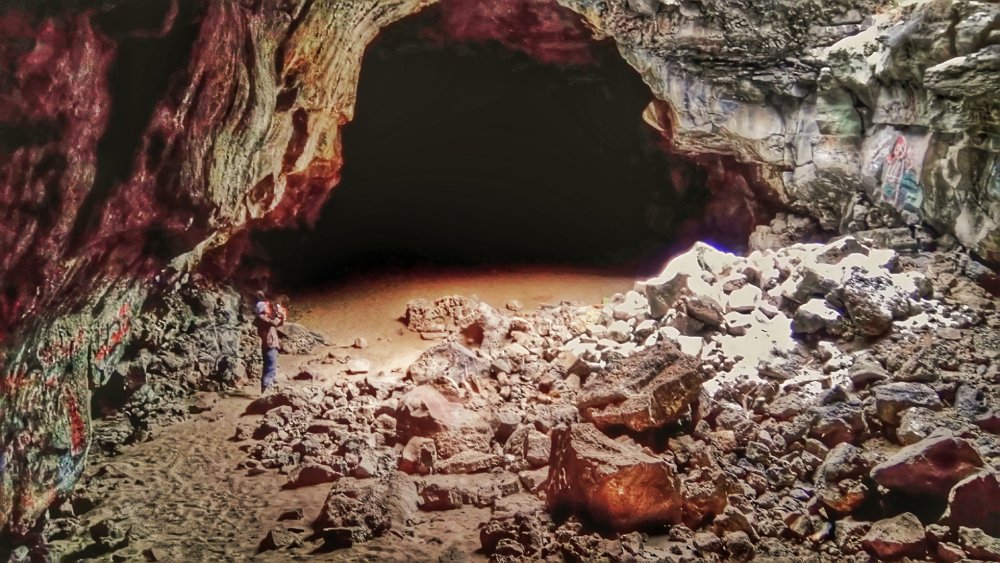Although exploring uncharted caves can be exciting, it’s important to be aware of the risks. A sense of mystery and adventure associated with unexplored caves entices many people to explore their depths. But there are risks associated with learning something new that must be considered.
People struggle daily to strike a balance between safety and curiosity. These problems can be extremely overwhelming, regardless of the unfamiliar territory, possible dangers, or individual fears. Being ready and knowledgeable before entering an uncharted cave is the answer.
We’ll discuss the dangers of venturing into uncharted caves in this post, along with some helpful tips and pointers to make your adventure both thrilling and safe. Continue reading to find out more about how to be safe and about the hidden dangers.
The Hidden Dangers of Unexplored Caves
The Risk of Getting Lost
Unexplored caves can be a labyrinth of twists and turns. Without a clear map or reliable markings, it’s easy to lose your way. The risk of becoming disoriented in a cave is significant, and it can quickly turn an exciting adventure into a dangerous situation.
Guide to Avoid Getting Lost:
- Plan Ahead: Study maps and previous exploration reports if available.
- Bring Navigation Tools: A compass and GPS device can be lifesavers.
- Mark Your Path: Use chalk or markers to keep track of your route.
- Stay in Communication: Keep in touch with someone outside the cave.
Structural Instability
Unexplored caves may have unstable rock formations. Without prior knowledge, you might encounter loose rocks or sudden drops, increasing the risk of falling or getting trapped.
How to Stay Safe from Structural Instability:
- Wear Proper Gear: Helmets and sturdy shoes are essential.
- Check the Ceiling: Look for signs of loose rock or cracks.
- Avoid Touching Unstable Surfaces: Don’t lean against or grab loose rocks.
Environmental Hazards
The environment inside unexplored caves can be unpredictable. From sudden temperature drops to high humidity, these factors can lead to discomfort or health risks.
Tips to Handle Environmental Hazards:
- Dress Appropriately: Layer your clothing to adapt to changing temperatures.
- Stay Hydrated: Bring plenty of water and stay hydrated.
- Watch for Mold: Be cautious of mold and other potential allergens.

People Also Ask
What are the dangers of exploring caves?
Investigating caves presents several risks, particularly those that are uncharted. These include becoming disoriented in the maze-like passageways, coming across precarious rock formations, and coming into contact with environmental dangers like extreme humidity and temperature swings. To reduce these risks, careful planning and safety precautions are essential.
What are the natural hazards in caves?
Though they can vary, unstable rock formations, abrupt drops, flooding, and extremely high or low temperatures are frequently found natural hazards in caves. Furthermore, mold or other hazardous wildlife may exist in caves, endangering people’s health. Always exercise caution and be ready for these possible dangers.
Is there Radiation in caves?
Radiation levels in caves are generally not a major concern. However, natural radiation levels may be higher in some cases, particularly in those with uranium deposits. If there are known radiation hazards in the cave you intend to explore, it is always advisable to do your homework and take the appropriate safety measures.
Conclusion
Unexplored caves offer a world of adventure but come with inherent risks that must be managed carefully. By understanding these risks and preparing appropriately, you can ensure that your exploration remains a safe and rewarding experience. Remember, the thrill of discovery should always be balanced with safety and preparedness. Stay informed, stay safe, and enjoy the wonders that unexplored caves have to offer.
Read about hypothermia while caving and how to stay safe in cold conditions.
